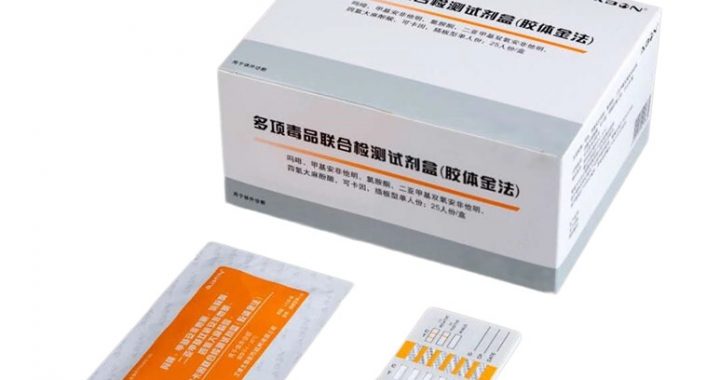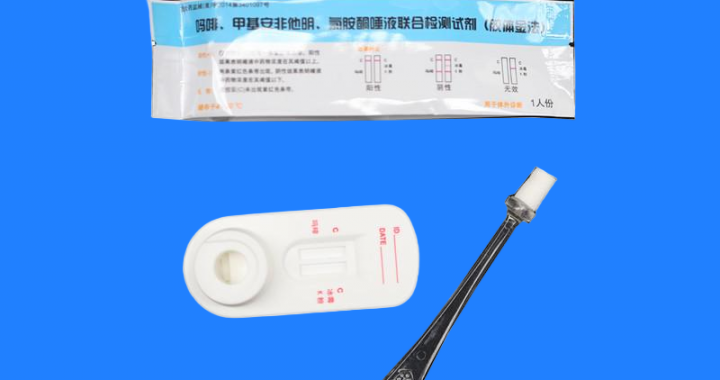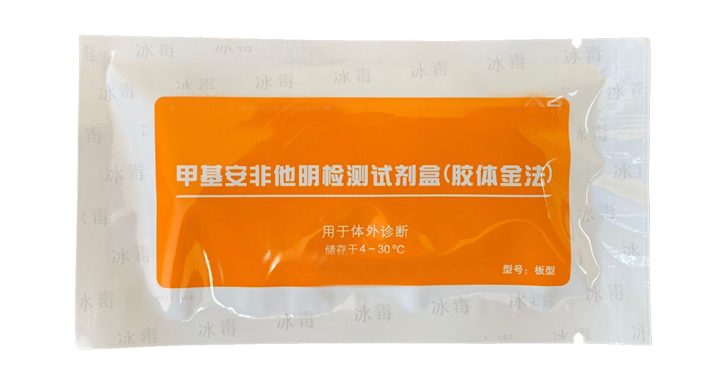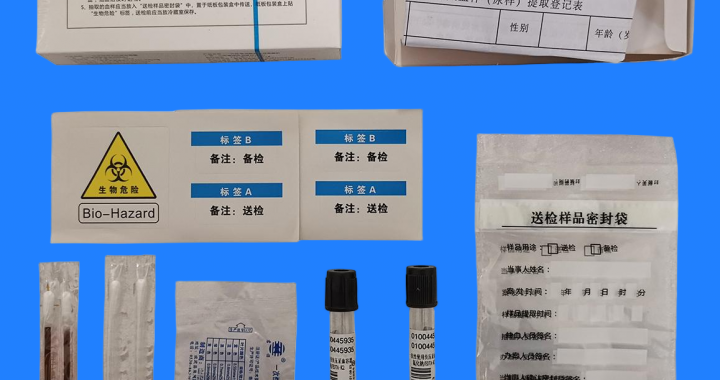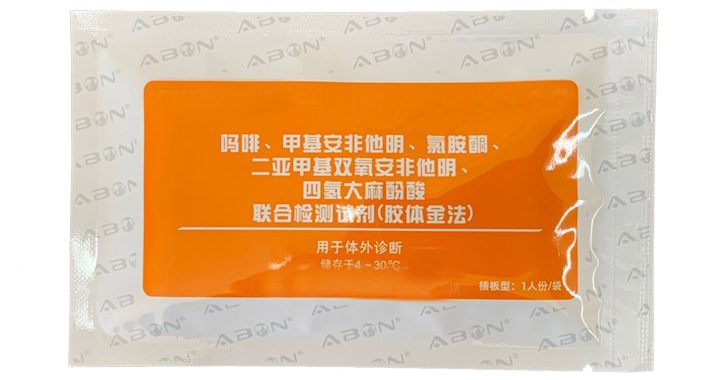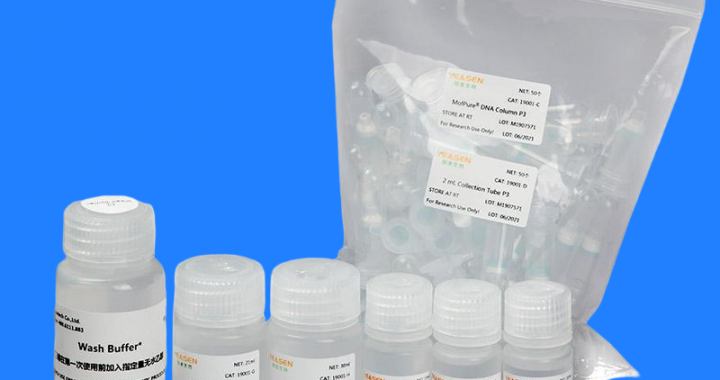High-humidity conditions can impact the accuracy and reliability of drug test cards by affecting reagent stability and membrane function. Moisture exposure may cause false positives, delayed reactions, or inconsistent color development. Evaluating performance under controlled high-humidity scenarios ensures that test cards maintain sensitivity, specificity, and reproducibility. Proper storage, packaging, and handling guidelines mitigate humidity effects. This assessment is critical for law enforcement, forensic investigators, and field testing personnel to ensure reliable on-site drug detection even in tropical or wet environments.
Features:
-
Evaluates reagent stability and membrane performance
-
Assesses accuracy and reproducibility under humidity
-
Provides storage and handling recommendations
-
Ensures reliable field testing in extreme environments
Scope / Applications:
-
Portable and on-site drug testing
-
Law enforcement and forensic investigations
-
Workplace and regulatory compliance
-
Sample prioritization and field decision-making
